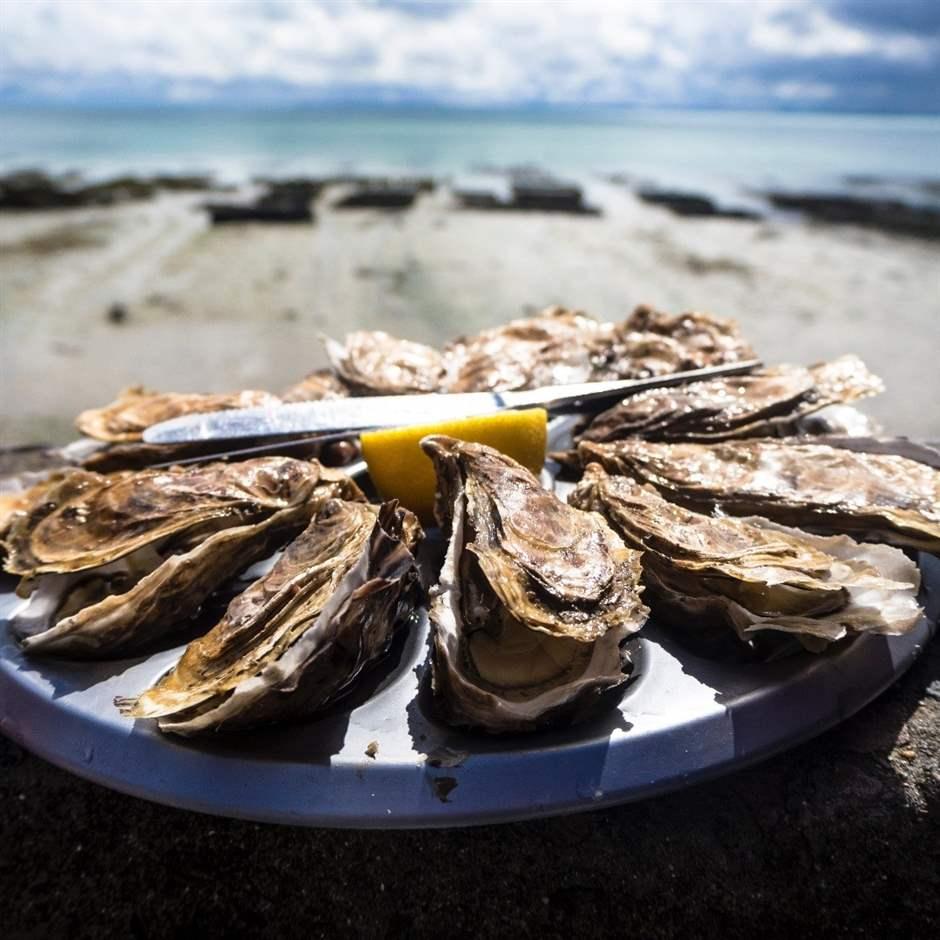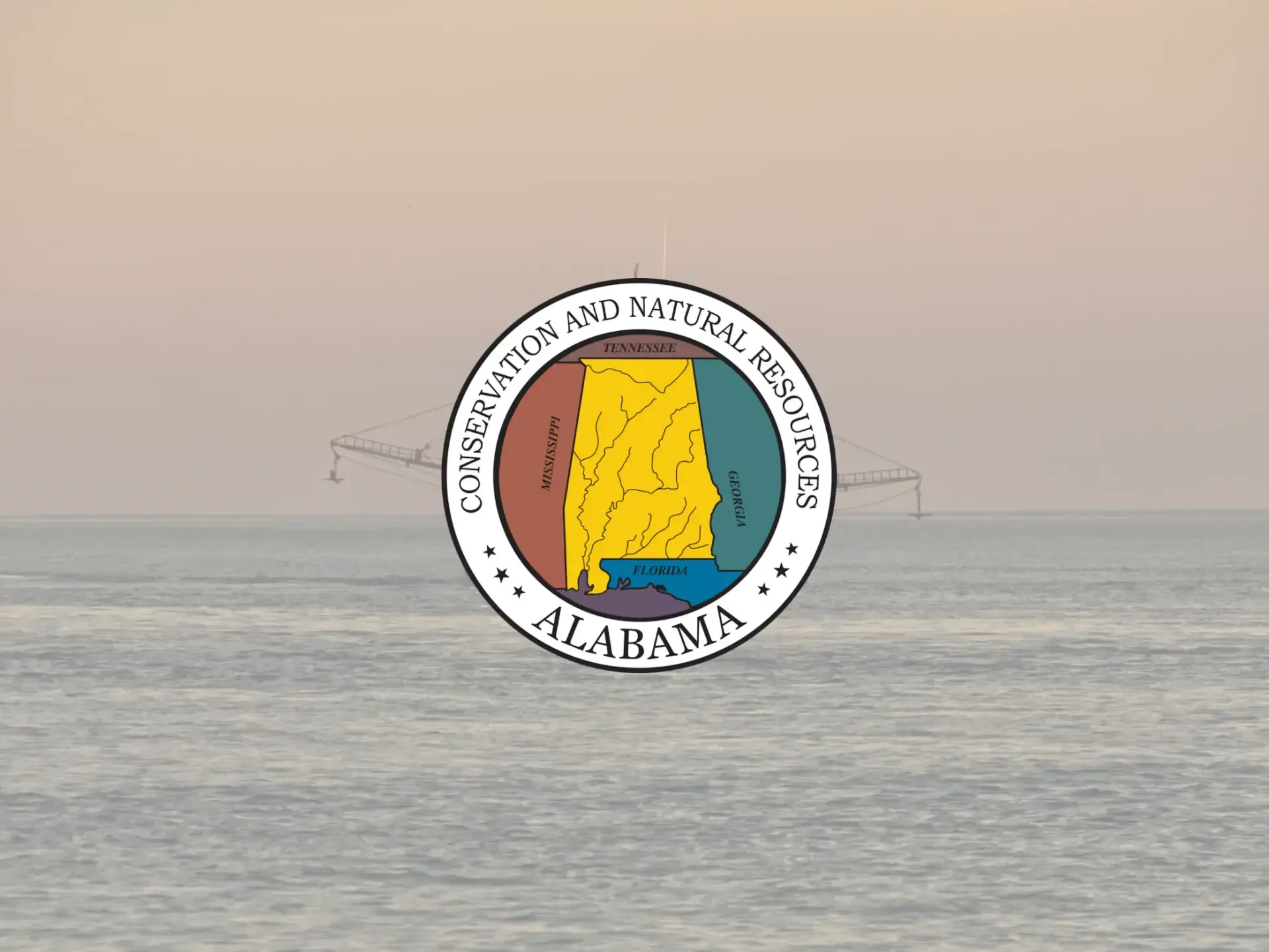National Oyster Day Is This Saturday
Ken Cooper • August 3, 2023
An oyster can filter 1.3 gallons of water per hour

This Saturday marks National Oyster Day, a day dedicated to honoring one of our region's most beloved delicacies - the oyster.
In our coastal communities, oysters are more than just a food item; they are a staple of our diet for many people, a symbol of our local culture, and a testament to the bounty of our waters.
As Gulf Coast native Jimmy Buffett sings, “Give me oysters and beer, for dinner every day of the year and I’ll feel fine.”
Oysters have been harvested from the Gulf Coast for centuries, and their unique, briny flavor is a cherished part of our culinary heritage.
It is rumored that the Shell Banks Community in Gulf Shores derived its name from the local indigenous tribe and their love for oysters. The tribe was known for consuming oysters and accumulating the shells along the shoreline creating the banks on what is now known as Bon Secour Bay.
National Oyster Day is an opportunity for us to celebrate this humble mollusk that has played such a significant role in our history and our daily lives. It's a day to appreciate the oyster farmers who work tirelessly to ensure a sustainable supply of these delicious bivalves, and the chefs who transform them into mouth-watering dishes.
Whether you enjoy them raw on the half shell, chargrilled with a buttery sauce, or fried to a golden crisp, there's no wrong way to eat an oyster. Each method of preparation reveals a different facet of the oyster's complex flavor profile, from its fresh, oceanic taste when served raw, to its rich, savory depth when cooked.
This National Oyster Day, we invite you to join us in celebrating the oyster in all its briny glory. Visit local restaurants and seafood markets to savor the freshest oysters the Gulf Coast has to offer.
For those wondering where to find the best oysters in town, we've got you covered. We've compiled a list of the top spots to get your oyster fix this National Oyster Day.
Click here to explore our recommendations and start planning your oyster adventure.
So, this Saturday, let's raise a toast to the humble oyster, the jewel of the Gulf Coast.
Happy National Oyster Day!
10 QUICK FACTS FROM ORIGINAL OYSTER HOUSE
- Oysters change their gender.
One of the most interesting oyster facts is that oysters change their sex during their lives, starting as males and usually ending as females. The shape of oysters varies and depends mainly on how many crowd about them in the bed as they develop. - An oyster can filter 1.3 gallons of water per hour.
Oysters filter water in through their gills and consume food, like plankton, in the process. Oysters can maintain the balance of a marine ecosystem by reducing excess algae and sediment that can lead to hypoxia, or low oxygen levels, causing other marine life to die. The oyster population of Chesapeake Bay used to filter the entire water volume of the bay in just three days. - Oysters are shaped by their beds.
Once an oyster attaches to a bed (a surface occupied by a group of oysters), it grows and forms around the surface it attaches to as well as the other oysters around it. - Pearls don’t only come from oysters.
All oysters are capable of producing pearls, but not the shiny, pretty pearls of value. In fact, most pearls are harvested from an inedible type of oyster as well as from freshwater mussels. - Humans have been eating and cultivating oysters for thousands of years.Oysters have been eaten by humans since prehistoric times and cultivated at least since the times of the Roman Empire. The Roman Sergius Orata was the first person known to cultivate oysters by building a system that could control water levels.
- Most American oysters are of the same species.
Get your oyster facts straight — oysters harvested from the Gulf of Mexico, Chesapeake Bay and off the coast of Virginia are all the same oyster, Crassotrea virginica. This oyster species is native to the Gulf Coast and the East Coast. However, this does NOT mean they all taste the same. - Gulf oysters used to have different names.
Other than Gulf oysters, you may have tried Blue Points or Quonset Points. These are all the same species of oyster, but they are named after the specific locations where they are harvested. Once upon a time, Gulf oysters were also named after specific bays, but distributors started to group them all into the same category. This may change again in the future. - Oysters get their flavors from their environments.
Although most American oysters are the same species, they have different flavors. Because oysters filter so much water, they develop a flavor profile from their environment. Different bodies of water have varying levels of salt and different kinds of nutrients. - Like wines, Oysters have a variety of flavor profiles
The flavor of oysters can be categorized mainly by the following flavor characteristics: briny, buttery, sweet, metallic and mild. Experts can break down these flavors even further, picking out flavors like melon, cucumber, mushroom and more. Keep this tidbit of oyster information in mind next time you try an oyster on the half shell. - Oysters are rich in vitamins and nutrients
Oysters contain a variety of vitamins and nutrients including zinc, calcium, magnesium, protein, selenium, and vitamin A. They also contain especially high levels of vitamin B12, iron and monounsaturated fat – the “healthy” kind of fat that you also find in olive oil.
Recent Posts

























